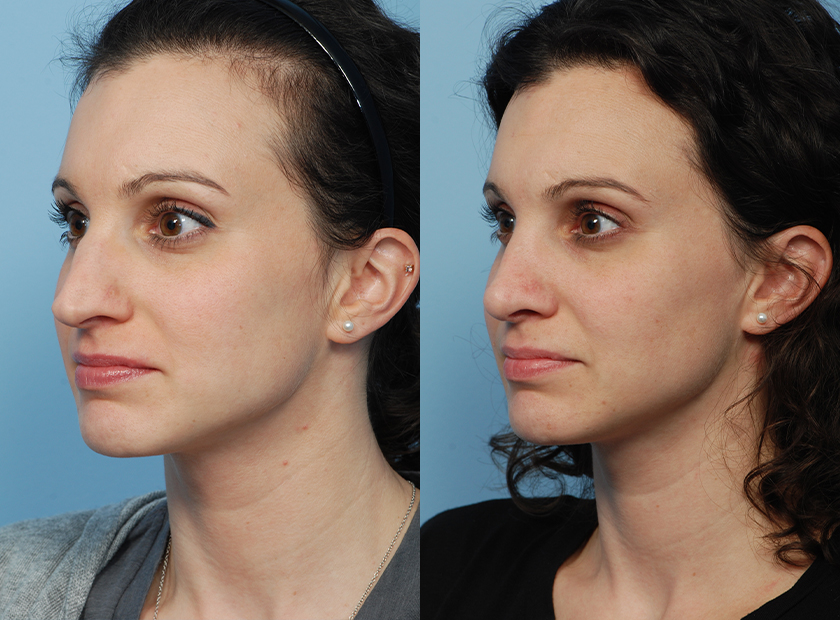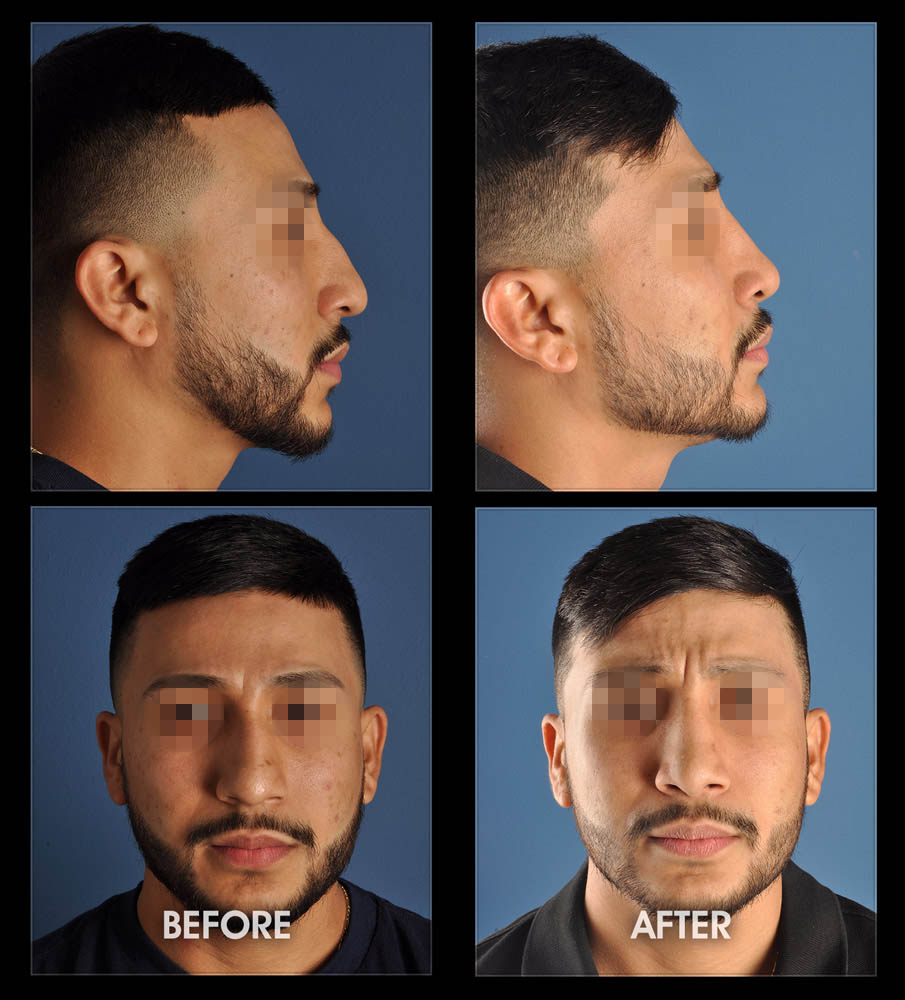
Indicators on Rhinoplasty – Indianapolis Plastic Surgeons - DrStephen You Should Know

the elevator muscle group that includes the procerus muscle and the levator labii superioris alaeque nasi muscle. the depressor muscle group which includes the alar nasalis muscle and the depressor septi nasi muscle. the compressor muscle group that includes the transverse nasalis muscle. the dilator muscle group which consists of the dilator naris muscle that broadens the nostrils; it remains in two parts: (i) the dilator nasi anterior muscle, and (ii) the dilator nasi posterior muscle.
B. Aesthetic appeal of the nose nasal subunits and nasal sectors [edit] To plan, map, and execute the surgical correction of a nasal defect or deformity, the structure of the external nose is divided into 9 visual nasal subunits, and six visual nasal sectors, which provide the cosmetic surgeon with the procedures for determining the size, degree, and topographic locale of the nasal problem or defect.

10 Easy Facts About Rhinoplasty (Nose Reshaping Surgery) - MUSC Health Explained
the dorsal nasal sector the lateral nasal-wall segments the hemi-lobule sector the soft-tissue triangle segments the alar sectors the columellar sector Rhinoplasty: The Common carotid artery. Utilizing the co-ordinates of the subunits and segments to identify the topographic location of the flaw on the nose, the plastic cosmetic surgeon plans, maps, and carries out a nose surgery procedure.
Thus, if more than 50 percent of an aesthetic subunit is lost (harmed, defective, destroyed) the surgeon changes the whole visual segment, usually with a regional tissue graft, collected from either the face or the head, or with a tissue graft gathered from elsewhere on the client's body. C. Nasal blood supply arteries and veins [modify] Like the face, the human nose is well vascularized with arteries and veins, and therefore provided with plentiful blood.
See This Report about Rhinoplasty: Reasons, Procedure and Recovery - Healthline
The external nose is provided with blood by the facial artery, which ends up being the angular artery that courses over the superomedial element of the nose. Go Here For the Details (sella turcica, "Turkish chair") and the dorsal region of the nose are supplied with blood by branches of the internal maxillary artery (infraorbital artery) and the ophthalmic arteries that originate from the internal typical carotid artery system.
